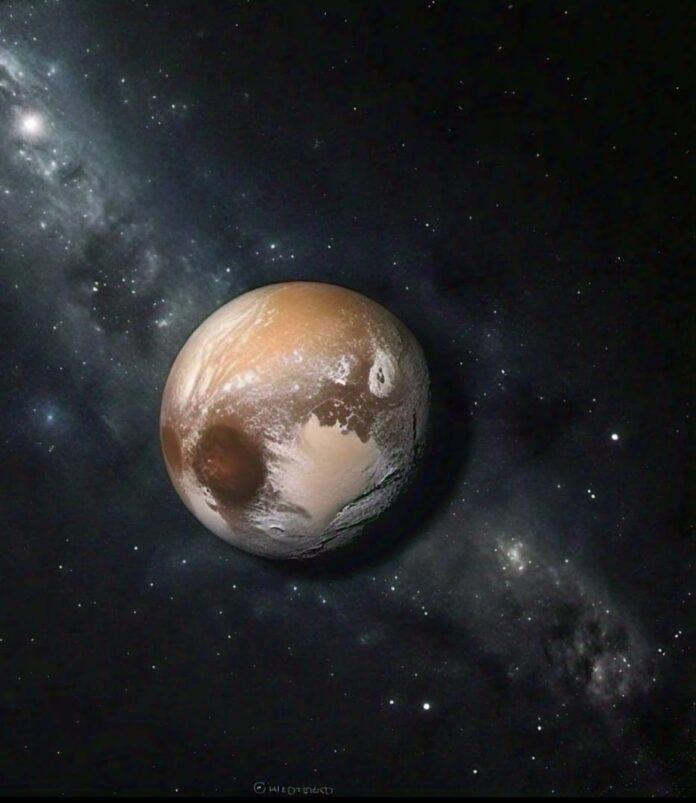Pluto, once considered the ninth planet in our solar system, remains an enigmatic and fascinating world. Located in the outer reaches of the solar system, Pluto has captivated astronomers and scientists for decades.
History of Discovery
Pluto was discovered on February 18, 1930, by American astronomer Clyde Tombaugh. Initially, it was considered the ninth planet due to its size and orbital pattern.
In 2006, the International Astronomical Union (IAU) redefined the term “planet,” reclassifying Pluto as a dwarf planet. This decision sparked debate among scientists and the public.
Orbital Pattern
Pluto orbits the Sun at an average distance of 3.6 billion miles, taking approximately 248 Earth years to complete one rotation.
Physical Characteristics
- Diameter: approximately 1,475 miles
- Composition: primarily ice and rock
- Atmosphere: thin, composed mostly of nitrogen
Moons
Pluto has five known moons:
- Charon (largest moon)
- Nix
- Hydra
- Kerberos
- Styx
Exploration
NASA’s New Horizons spacecraft flew by Pluto in 2015, providing invaluable insights and images.
- Heart-shaped region, Tombaugh Regio
- Mountains, including Norgay Montes
- Cryovolcanic features
Scientific Significance
Pluto’s study has expanded our understanding of the solar system’s outer reaches and the Kuiper Belt.
Ongoing and future missions will continue to unravel Pluto’s mysteries.
Conclusion
Pluto, despite its reclassification, remains an intriguing and complex celestial body. Ongoing research and exploration ensure its mystique will continue to captivate scientists and the public alike.
Would you like me to make any adjustments or write about another topic?

